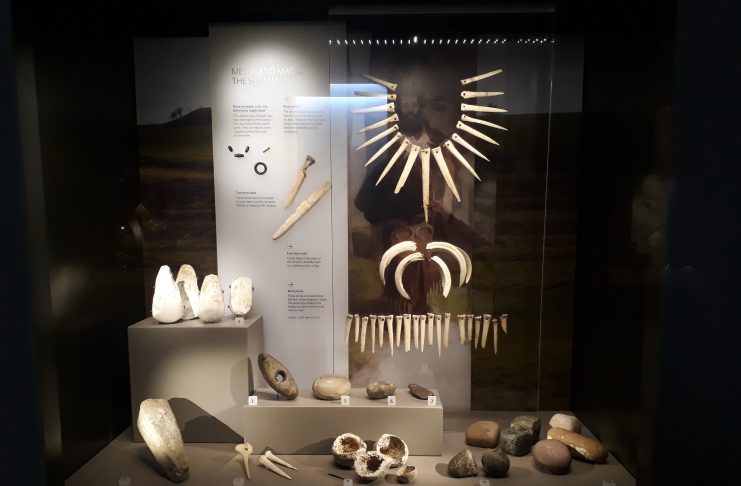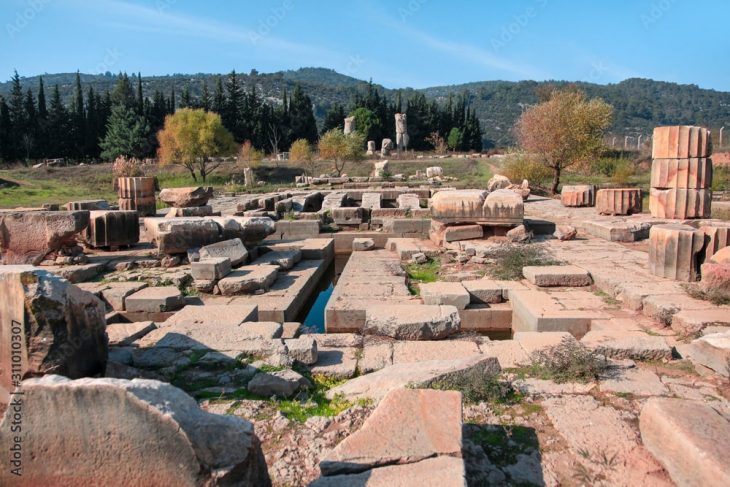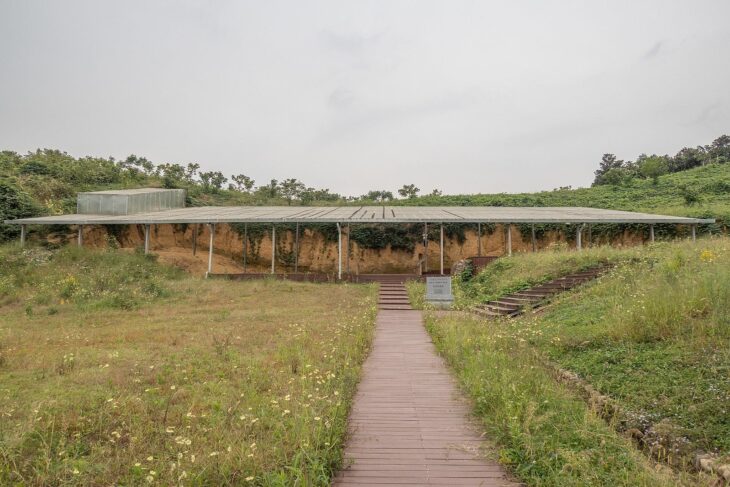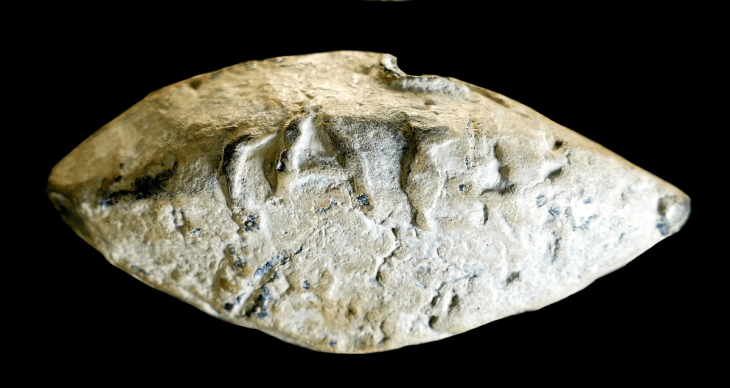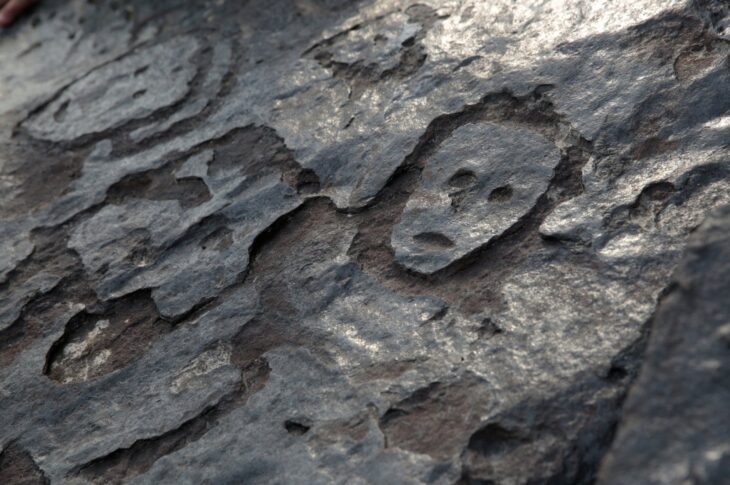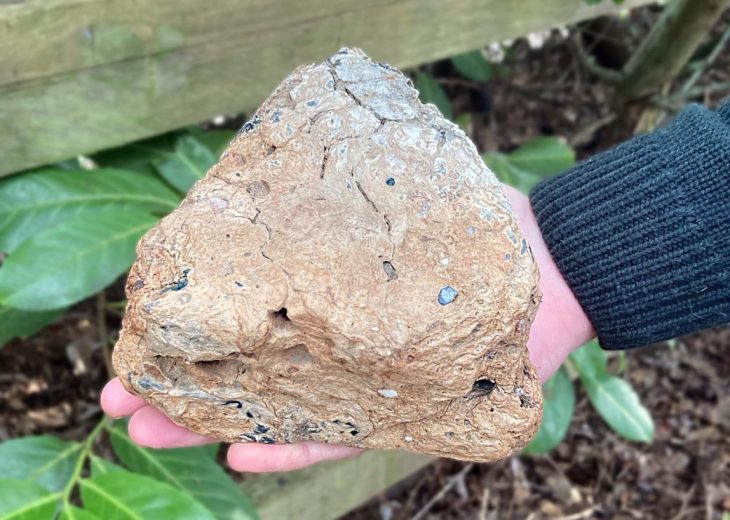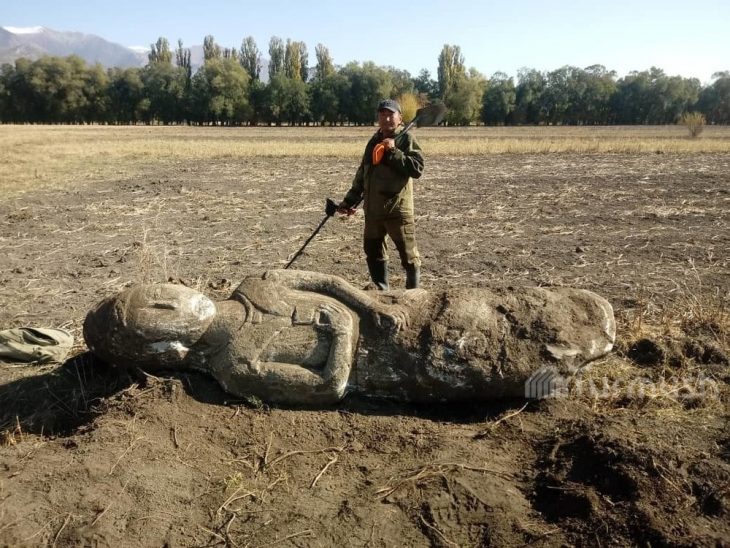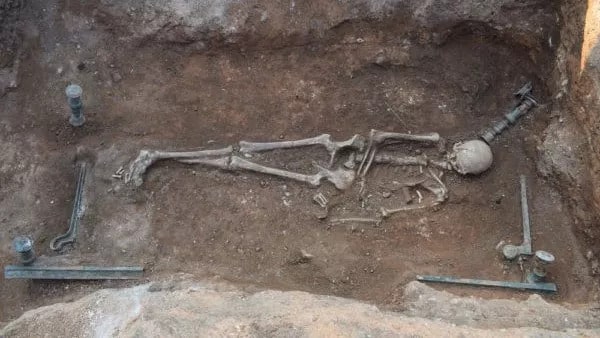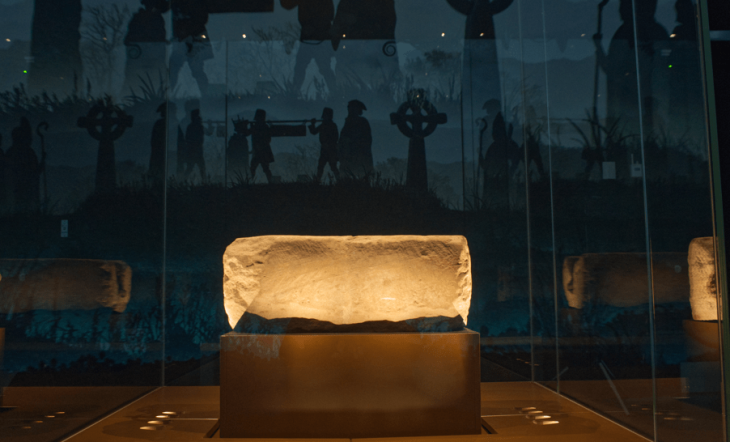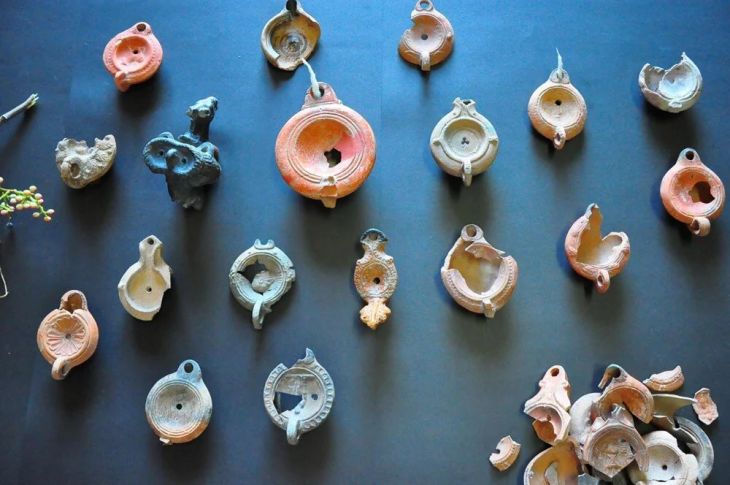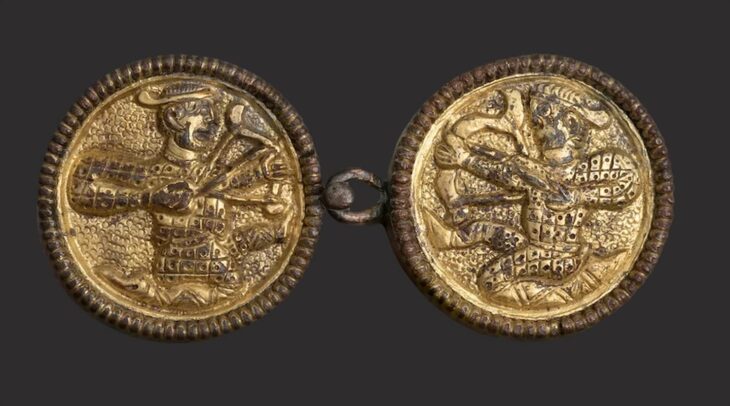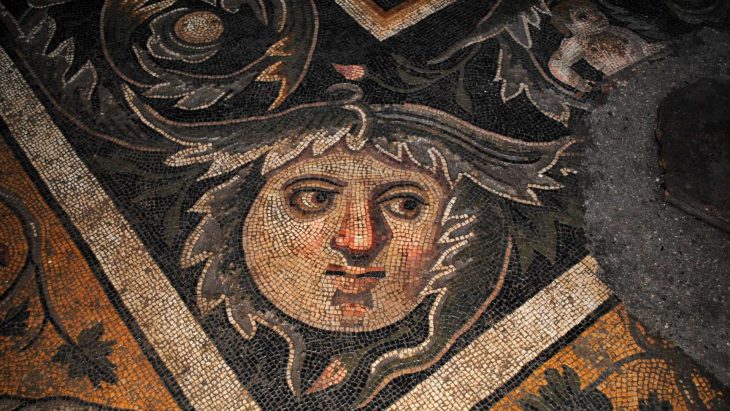Archaeologists from the Universities of Leicester and Southampton in the United Kingdom recently published a study claiming that enigmatic artifacts recovered from a significant Bronze Age burial mound near Stonehenge are actually the remains of a 4,000-year-old toolkit used for working with gold.
These stone and copper alloy tools were part of a large cache of grave goods found with two buried bodies, but their true function had not been known. Despite the fact that this 4.000-year-old toolkit was first discovered more than 200 years ago at an excavation site close to the Wiltshire County village of Upton Lovell, it was only recently that it was rediscovered.
Microscopic reanalysis of axes and shaped cobbles discovered in the grave revealed tiny traces of gold and wear marks, indicating that they were used to hammer and smooth sheets of gold by a skilled craftsperson.
Dr. Christina Tsoraki, from the University of Leicester, carried out a wear analysis on the items when she noticed what appeared to be gold residues on the surface of several artifacts.
This led to a collaboration with Dr. Chris Standish, from the University of Southampton, an expert in Early Bronze Age gold working who applied a scan using an Electron Microscope coupled to an Energy Dispersive Spectrometer to determine whether the residues were ancient or modern.
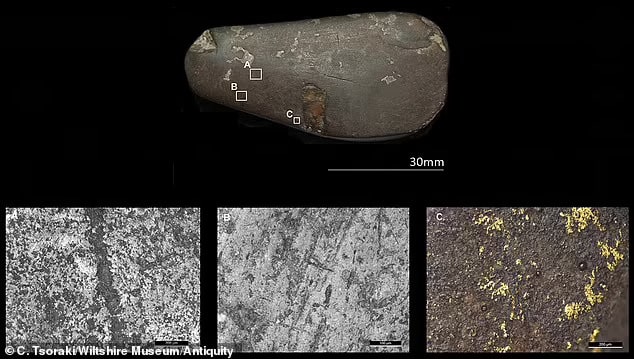
Thanks to new technologies unavailable even a few decades ago, said Oliver Harris, an associate professor of archaeology at the University of Leicester said, “it means that a lot of these objects have got new stories to tell us that we haven’t previously known how to look for”.
The grave goods are thought to date from 1850-1700BC and are associated with the Wessex culture, which flourished in the aftermath of nearby Stonehenge, according to Oliver Harris.
Researchers have discovered that the toolkit was used to make objects in which a core material—like jet, shale, amber, wood, or copper—was covered and decorated with a layer of gold sheet.
Making rib-and-furrow decorations, making perforations, fitting the core object with sheet gold, and smoothing and polishing the finished objects were all part of the process. Some of the tools were already ancient, making them thousands of years old by the time they were reused. There was even a complete battle axe, which was repurposed for metalworking.
“Such battle axes were far from the only smooth stones that could have been selected for these purposes,” the paper explains. “In intentionally repurposing these objects, their histories rubbed off on the materials they worked.”
Their findings, published in the journal Antiquity, confirmed that the stone tools were used for a variety of purposes – some as hammers and anvils, while others were used to smooth other materials. They also discovered gold residues on five artifacts, which have an elemental signature similar to Bronze Age goldwork found throughout the UK.
https://doi.org/10.15184/aqy.2022.162
Cover Photo: Antiquity

